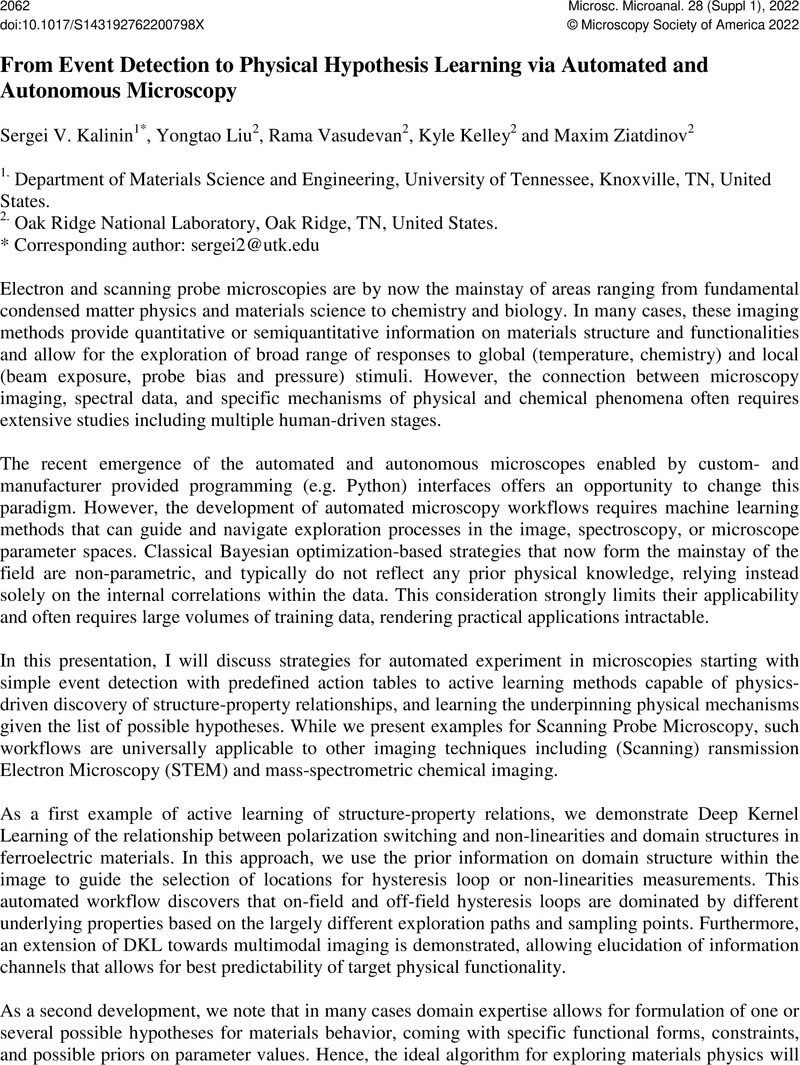Crossref Citations
This article has been cited by the following publications. This list is generated based on data provided by Crossref.
Schrier, Joshua
Norquist, Alexander J.
Buonassisi, Tonio
and
Brgoch, Jakoah
2023.
In Pursuit of the Exceptional: Research Directions for Machine Learning in Chemical and Materials Science.
Journal of the American Chemical Society,
Vol. 145,
Issue. 40,
p.
21699.




